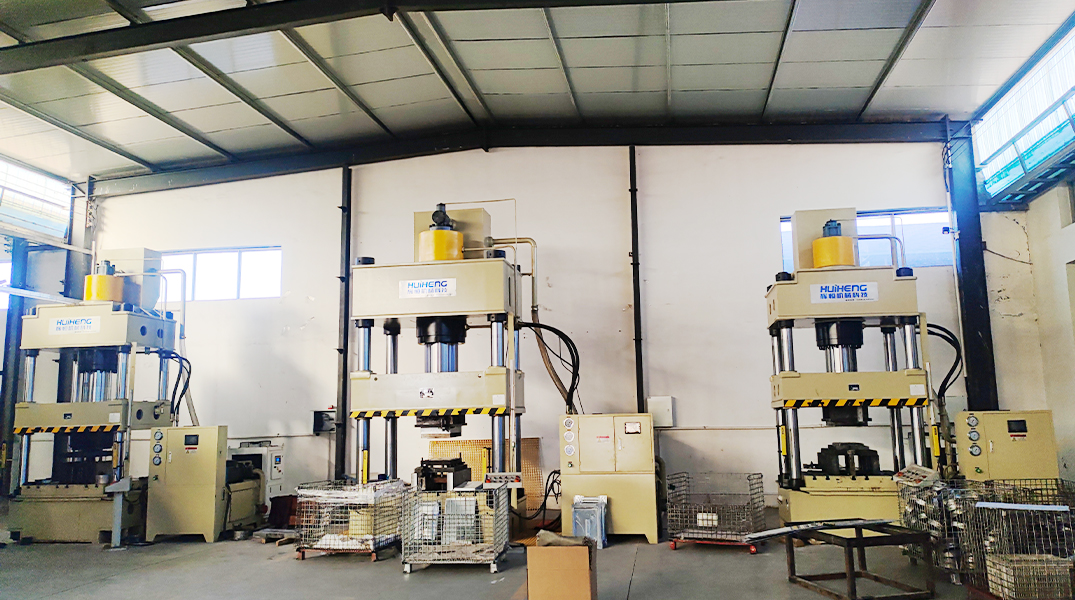Stretch Forming Shells: A Comprehensive Guide
Introduction to Stretch Forming
Stretch forming is a specialized metalworking process used to create curved or contoured shell components by applying tensile forces to sheet metal over a die. This technique is critical for industries requiring lightweight, high-strength structures, such as aerospace, automotive, and architectural engineering.

How Stretch Forming Shells Works
- Material Selection
- Common materials: Aluminum alloys, titanium, stainless steel.
- Key properties: High ductility, uniform thickness.
- Tooling Design
- Precision dies shape the metal under controlled tension.
- CNC-machined molds ensure dimensional accuracy.
- Process Steps
- Clamping: The metal sheet is secured at both ends.
- Stretching: Hydraulic systems apply force to elongate the material.
- Forming: The sheet conforms to the die’s curvature.
- Stress relief: Post-forming heat treatment minimizes residual stresses.
Key Applications of Stretch Formed Shells
- Aerospace Components
- Aircraft fuselage panels, wing skins, and engine nacelles.
- Benefits: Weight reduction, fatigue resistance.
- Automotive Industry
- Lightweight body panels and structural reinforcements.
- Case study: EV battery enclosures with crash-resistant designs.
- Architectural Structures
- Curved façades and roof systems (e.g., stadium domes).
- Sustainability advantage: Reduced material waste vs. traditional methods.
Advantages of Stretch Forming Technology
- Superior Surface Finish: Eliminates tool marks common in stamping.
- Material Efficiency: Up to 30% less scrap compared to deep drawing.
- Complex Geometry: Achieves tight radii (as small as 2x material thickness).
- Cost-Effectiveness: Lower tooling costs for medium-volume production.
